Reblogged from The Story Reading Ape… and check out Part I of Geoff Le Pard’s Guide to Flash Fiction here.

Licence for use obtained – Copyright: amasterpics123 123RF Stock Photo
Previously I talked about the benefits of writing flash fiction; today I’d like to focus on some of the mechanics.
Precision Drafting – focus on the story
Perhaps I should emphasis here that these aren’t rules. The glory, for me at least, of writing fiction, any fiction, is that you say ya boo sucks to rules. These just happen to be the ‘rules’ that work for me. They may be anathema to you.
Let us assume you are aiming to write to a word limit. You have an idea (ok, easier said than done but bear with me, we will talk about that in a moment). How do you start when you know you have only, say, 100 or 300 words and it feels like it is a novel wanting to burst out?
Well for me, the rule one is it is the same as any piece of writing: you just write. It would feel great, wouldn’t it, if you wrote and ended up with 300 words, give or take a few? Wouldn’t it?
The hell it would. Because don’t kid yourself that there isn’t a ton of editing you can and should do and you might well end up with a heck of a lot less, or more after that process. Just write it.
Continue reading at The Story Reading Ape










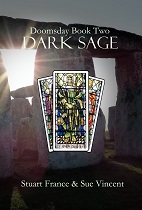





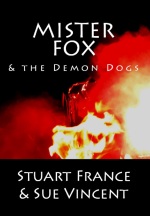
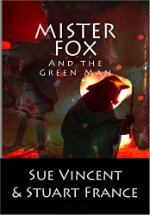
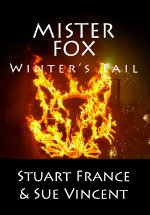
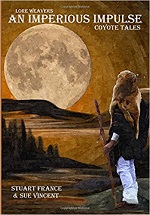

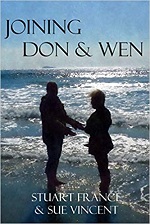




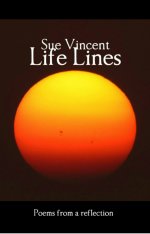






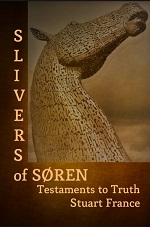
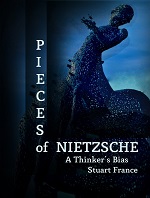
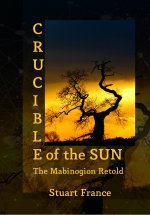


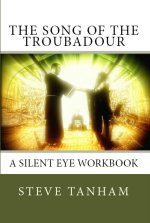
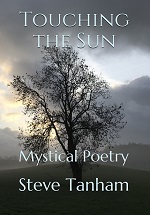

Thanks for sharing Sue XXX
LikeLike
My pleasure, Chris 🙂 xx
LikeLiked by 1 person
Thanks Sue..very generous
LikeLike
Not at all, Geoff.
LikeLiked by 1 person